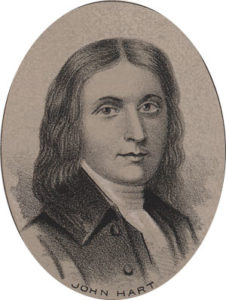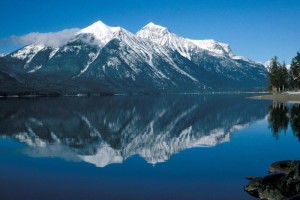
Minnesota State Flag
Minnesota became the thirty-second state of the United States in 1858. Its name is derived from the Sioux word minisota, meaning sky-tinted waters. It was settled by the French looking for furs. Its nicknames are the North Star State and the Gopher State. Minnesota is the twelfth largest state, and it ranks 21st in terms of population. Minnesota has over ten thousand lakes, and the Mesabi Range produces about 60 percent of the country’s iron ore. Children could learn more at: Minnesota.

